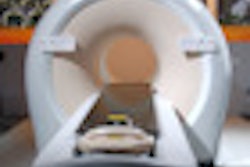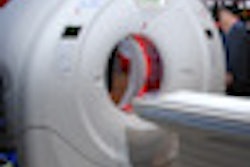Philips Healthcare has launched a new version of its EP navigator technology, a 3D rotational angiography technique that provides real-time anatomic details of cardiac structures for electrophysiology (EP) procedures.
Acquiring high-quality anatomical detail is key during catheter-based ablation procedures as clinicians guide the devices through the beating heart, according to the company. But acquiring 3D rotational images can be challenging in large patients or those under anesthesia.
Philips' new EP navigator technology supports an optimized 3D rotational scan that improves workflow for these procedures while requiring less radiation exposure, as it uses a shortened 159° trajectory rather than a 240° trajectory for a traditional scan.
Philips is also collaborating with Biosense Webster to improve the integration of x-ray imaging with EP mapping. Under the terms of a new agreement between the firms, Philips will offer its customers the integration of Allura x-ray images with Biosense Webster's CartoAlara module on its Carto 3 system maps. This enables enhanced anatomical detail and orientation in a single view.
The announcements were made at this week's Boston Atrial Fibrillation Symposium.



















